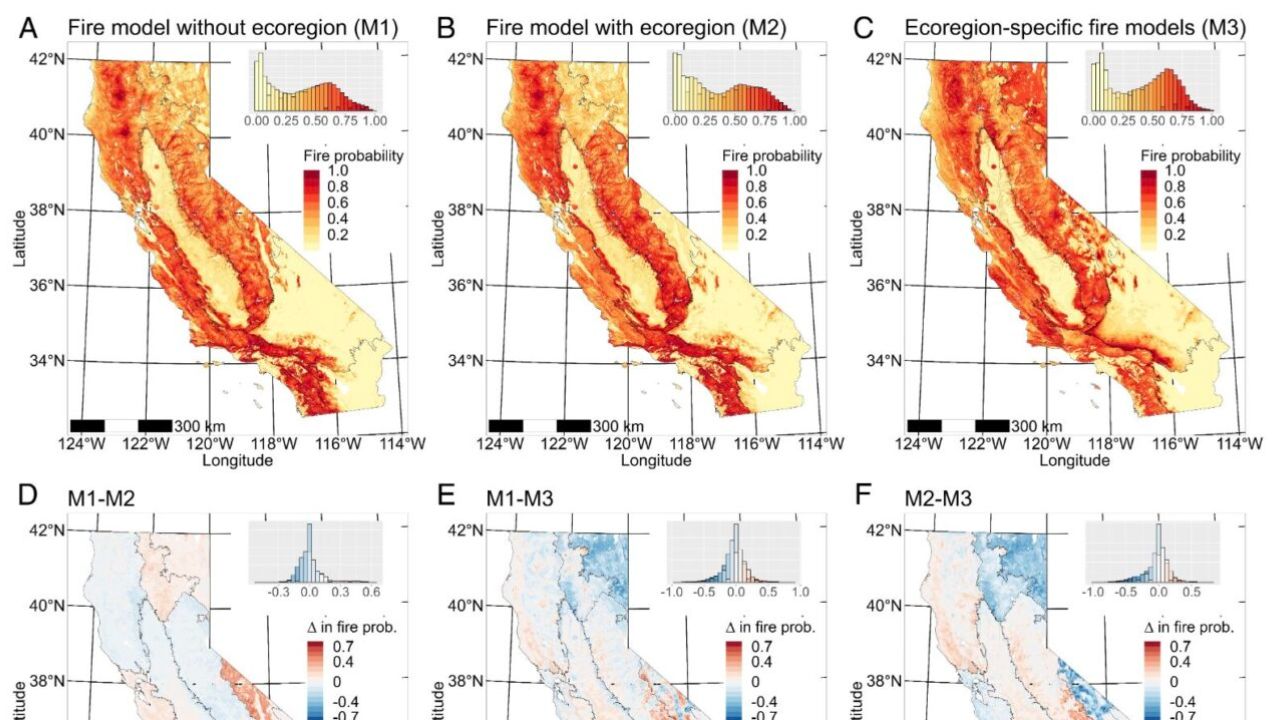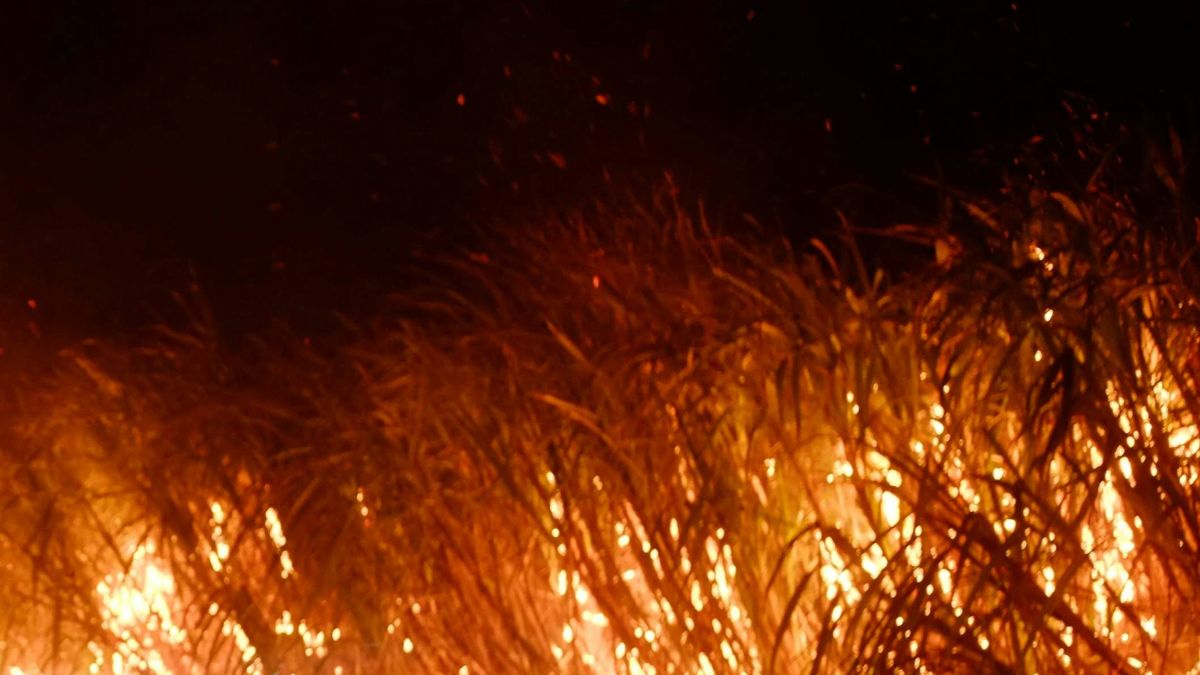Outdoor Recreation is Not Benign

Public interest in outdoor recreation is high and growing worldwide with over 8 billion visits per year to the world’s terrestrial designated protected areas. In the U.S., 2023 showed the highest number of outdoor recreation participants on record (175.8 million), which was 55 percent of the nation’s population greater than age six.
In 2022, outdoor recreation in the U.S. generated $1.1 trillion in economic output and added $564 billion to the nation’s GDP, or 2.2% (Headwaters Economics 2023). This is larger than many other high-profile sectors such as oil and gas development, motor vehicle transportation, and the air transportation industry. Not only has outdoor recreation become a very big business, but it also provides many other important benefits. Outdoor recreation has become so important that it is a common driver in many government conservation strategies.
However, a growing body of evidence is showing another side of outdoor recreation where negative impacts are being witnessed to the very nature visitors wish to enjoy. Some have even postulated that we are “loving the land to death.” Ecological degradation has been reported in the form of soil and water pollution, vegetation destruction and alteration (including invasive species propagation), and behavior modification, stress, and death of numerous wildlife species. In a major review paper, species richness and abundance have been reported to be lower in association with higher levels of recreation across many species of vertebrates (Larson et al. 2019). In addition, numerous tribes in the western U.S. have expressed growing concern over the loss and degradation of their traditional rights that are increasingly becoming compromised by expanding outdoor recreation.
CBI will be working closely with tribes in Washington over the next year to help develop a map-based analytical approach for accessing environmental and social risks (particularly from the perspective of tribal rights on public lands) from current and planned outdoor recreation on state lands and to help forge a pathway that will result in adequate recreational opportunities while minimizing the associated negative impacts.
New Publications
The Importance of Geography in Forecasting Future Fire Patterns Under Climate Change
Syphard, A.D., S.J.E. Velazco, M.B. Rose, J. Franklin, and H.M. Regan

Models and maps anticipating how fire patterns may change in response to climate change and other drivers are important tools for climate-resilient protection of ecosystems and human communities. When using these models for decision-making, however, it is critical to understand their sources of uncertainty. We show that different geographical extents of model boundaries can result in nearly opposite future fire predictions for the same geographical areas—illustrating geographical variation in both fire regimes and their predictability. There is no one-size-fits-all prediction for fire futures in California or a single strategy to mitigate fire risk to people, infrastructure, and ecosystem resilience. Modeling and decision-making may be most reliable if constrained to the geographical limits of specific fire regimes.
Climate and Weather Drivers in Southern California Santa Ana Wind and non-Santa Wind Fires
Keeley, J.E., M. Flannigan, T.J. Brown, T. Rolinski, D. Cayan, A.D. Syphard, J. Guzman-Morales, and A. Gershunov

Autumn and winter Santa Ana Winds (SAW) are responsible for the largest and most destructive wildfires in southern California. This study analyzed available data to determine climate and weather factors responsible for the largest wildfires. The drivers of fire size differ between non-SAW and SAW fires. The best predictor of fire size for non-SAW fires was drought during the prior 5 years, followed by a current year vapor pressure deficit. For SAW fires, wind speed followed by drought was most important.